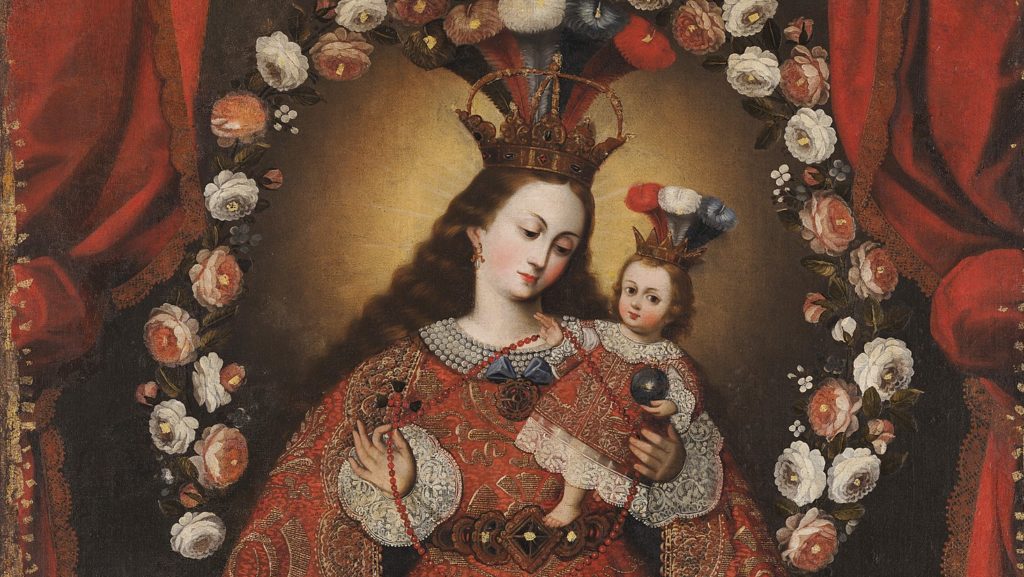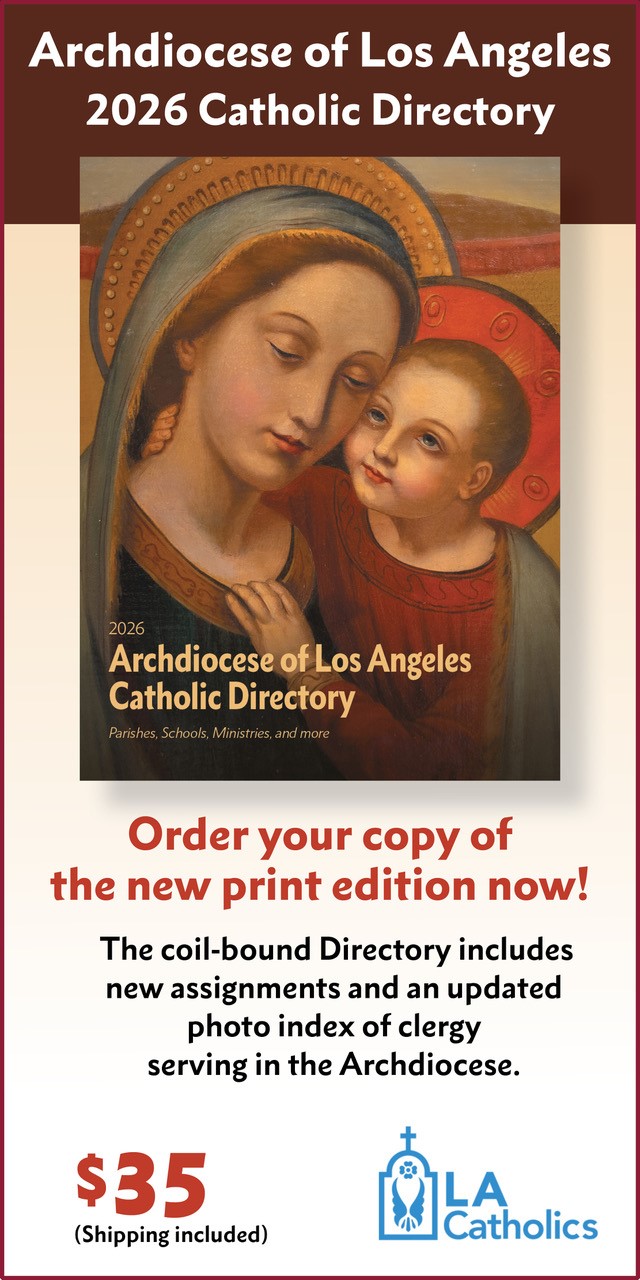“For behold, henceforth all generations will call me blessed” (Luke 1:48).
Every time we pray the rosary, we fulfill that prophecy at least 50 times. We call the Virgin Mary “blessed,” using the words of Holy Writ. We address her with the greeting of the Angel Gabriel: Hail, full of grace! (Luke 1:28). We proclaim her privileges, using the words of Elizabeth, her kinswoman: “Blessed are you among women!” (Luke 1:42). To repeat these words is a delight, because they’re rich with meaning, amplified by the Gospel scenes that are the focus of our meditations.
The rosary is a time-proven method of meditative prayer. For centuries the popes have recommended it, the saints have prayed it daily.
Praying the rosary, we repeat certain prayers as we ponder certain events (“mysteries”) in the lives of Jesus and Mary, and we count our repetitions using beads strung together in groups of 10. The Church has officially recognized 20 “mysteries” recommended for meditation.
The rosary works, on a human level, because it engages the whole person. It involves our speech and our hearing. It occupies our mind and incites our emotions. It assigns a task to our fingertips, those sensitive organs of touch. If we pray before a sacred image, we feed our meditation through yet another bodily sense. This is how the risen Lord confirms the faith of his disciples: “See my hands and my feet, that it is I myself; handle me, and see” (Luke 24:39). It is not enough for us merely to hear him — never mind only read his words. We want him to fill up our senses.
And he does, thanks to the love of his mother. In the Scriptures, she appears as the first disciple. When gentiles come from far away in search of Jesus, they find “the child with Mary his mother” (Matthew 2:11). When she sees people in need, she intercedes for them (John 2:3). When Jesus dies on the cross, abandoned by his friends, she remains with him; and Jesus gives her to his “beloved disciple” (that means you and me), saying, “Behold, your mother” (John 19:27). Thus, she helps us to meditate in a way that she uniquely can. She helps us as his mother — and so, an eyewitness of his whole life. But she helps us also as our mother, given to us by Jesus, loving us as only a mother can.
When we persevere in praying the rosary, we become like little children (see Matthew 18:3), children of Mary, children of our heavenly Father.
Oct. 7 is the feast of Our Lady of the Rosary. It used to be called the feast of Our Lady of Victory. That resonates with my experience with the beads, which I actually started praying while I was still a Protestant. Those prayers were answered, and the rest is my history.
Take the occasion to renew your own efforts. Claim your victory.

